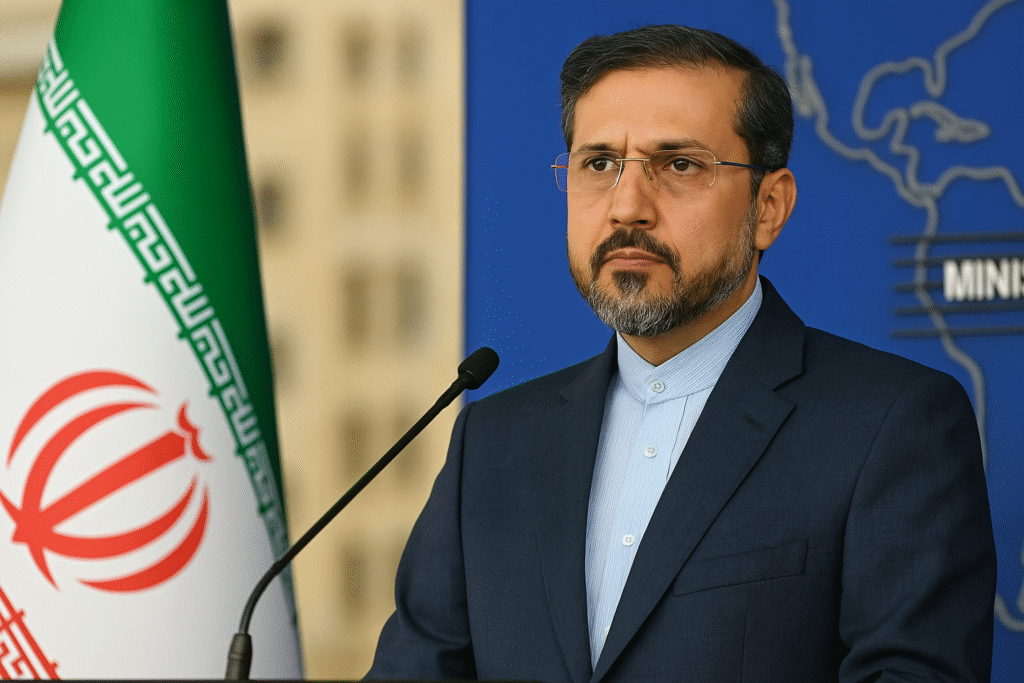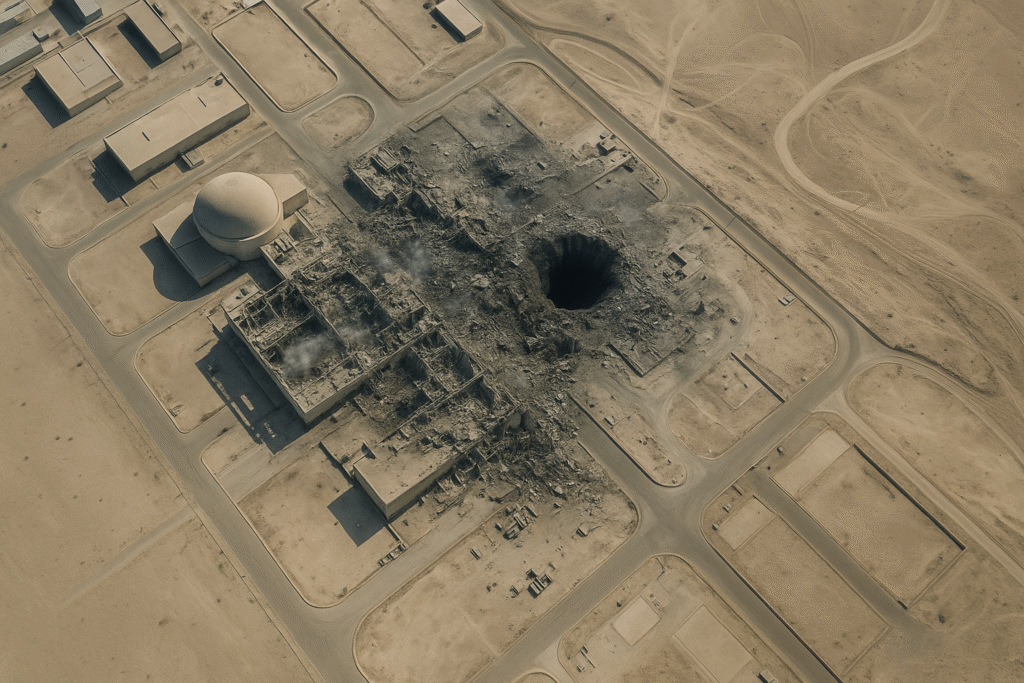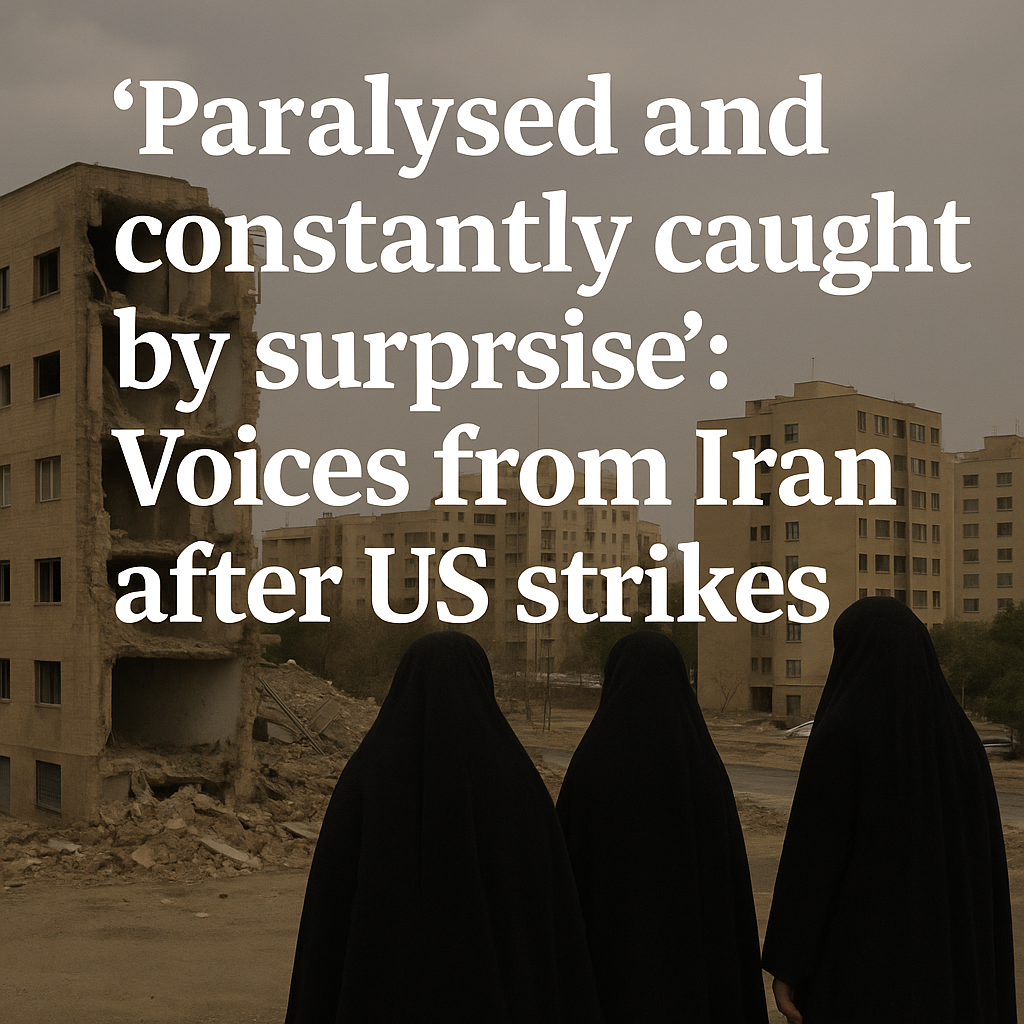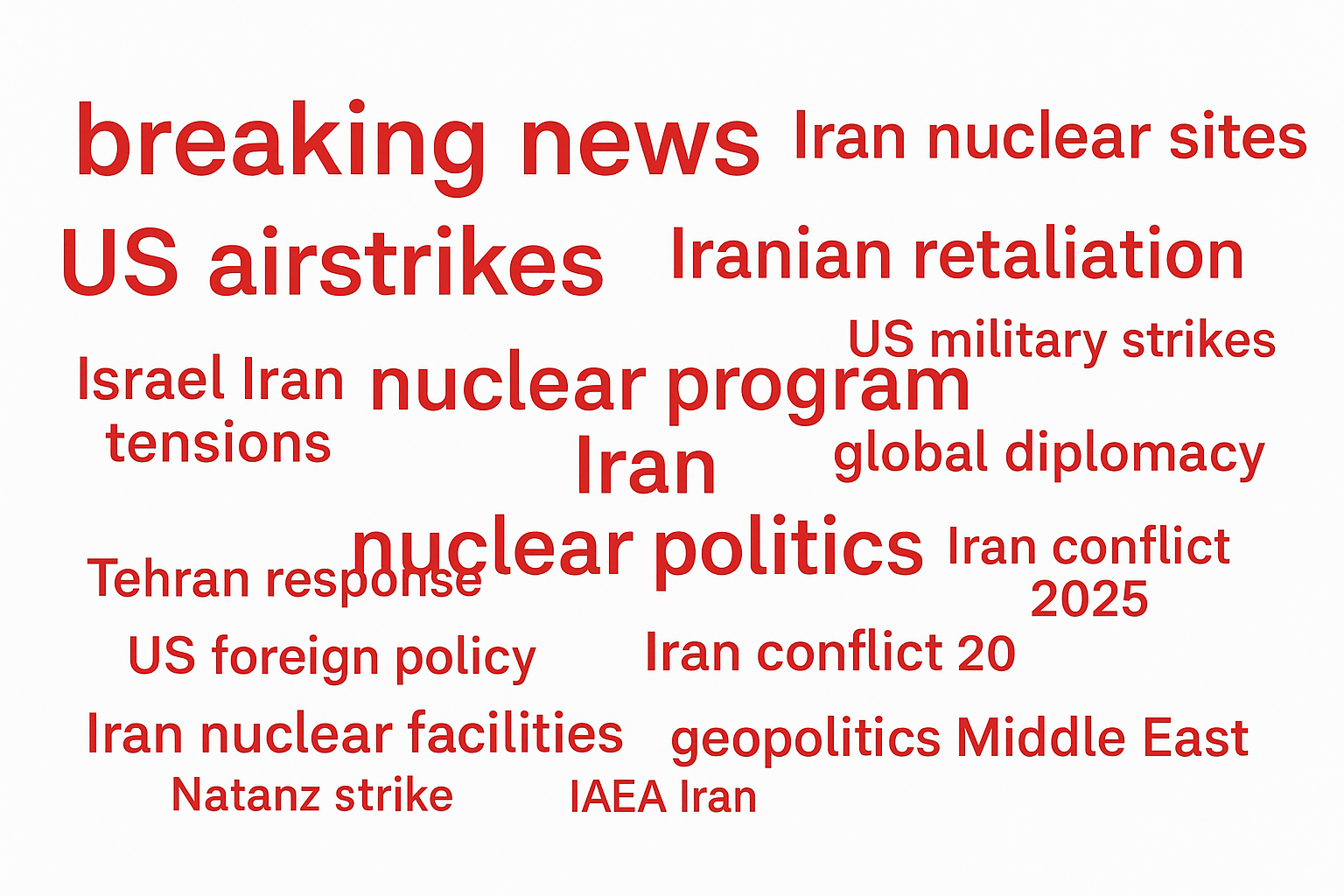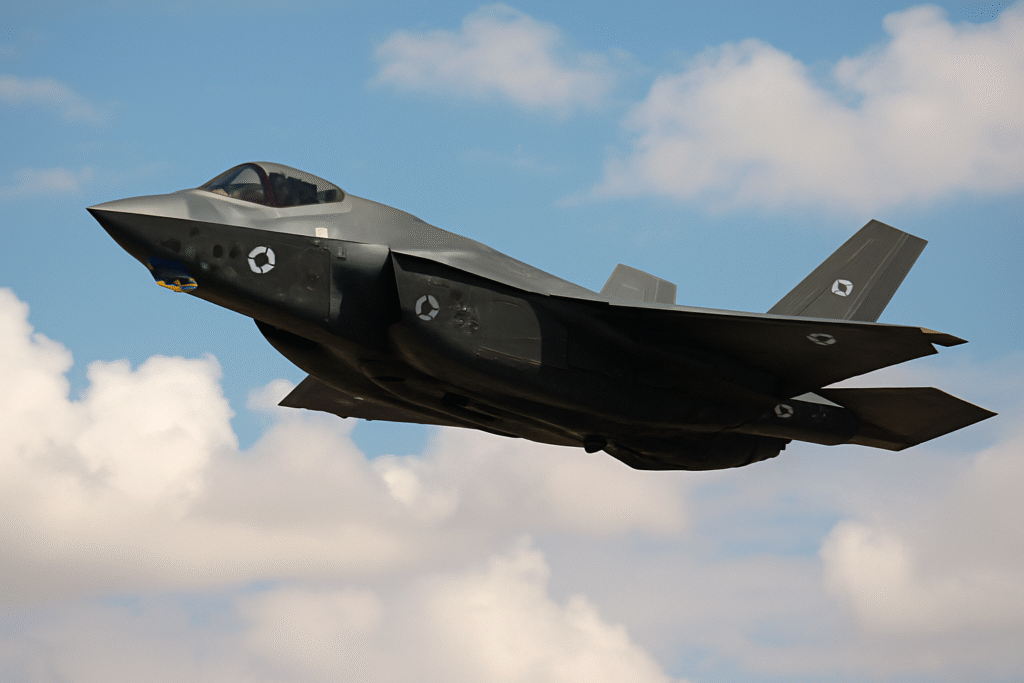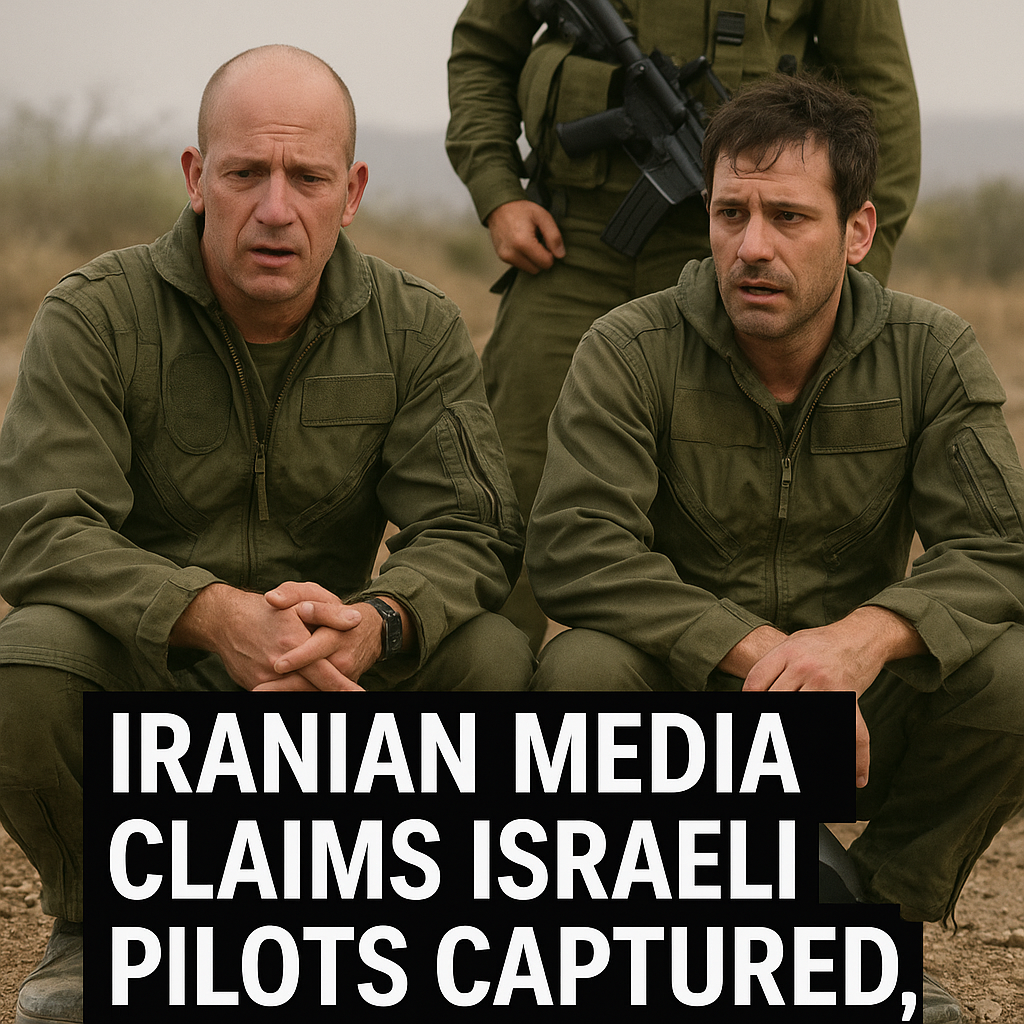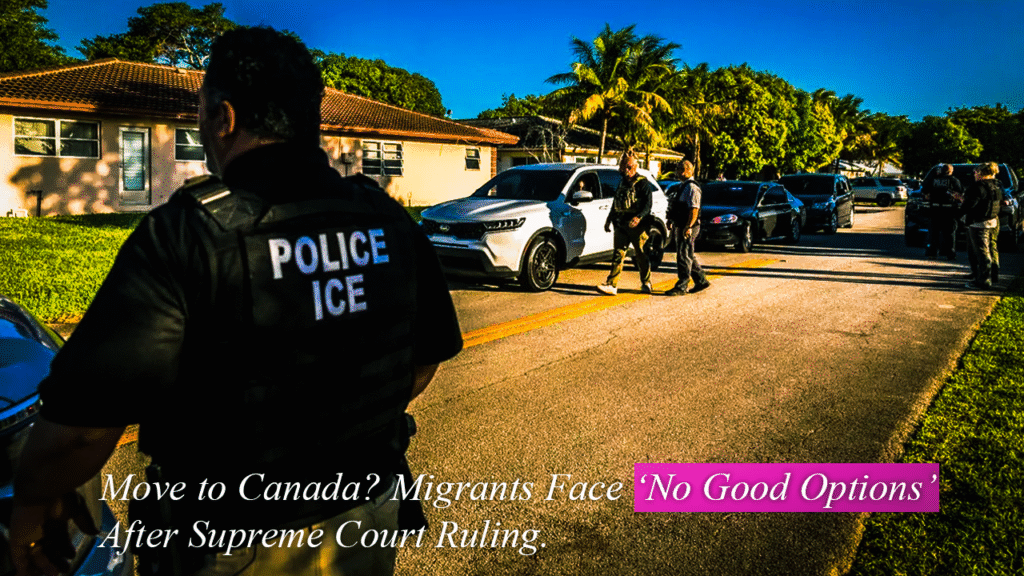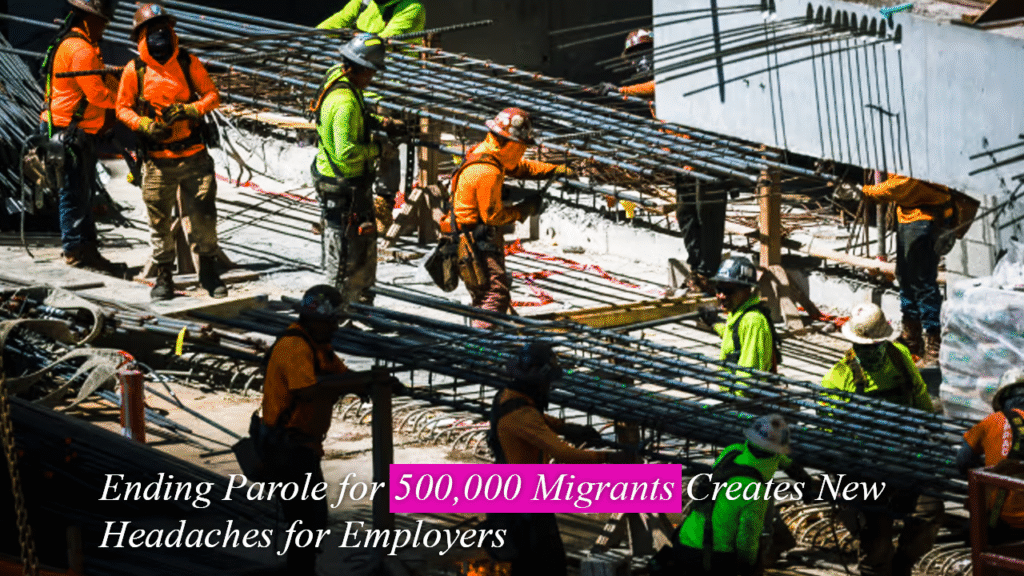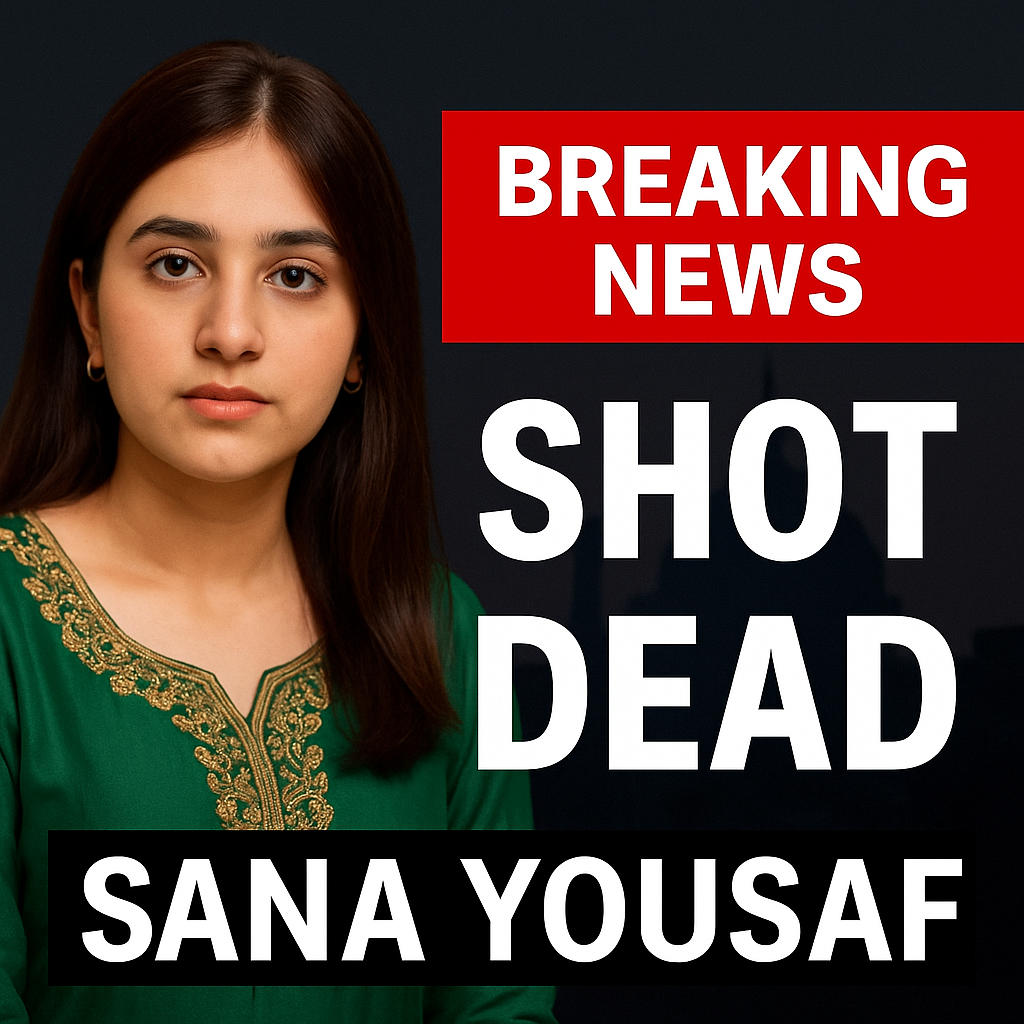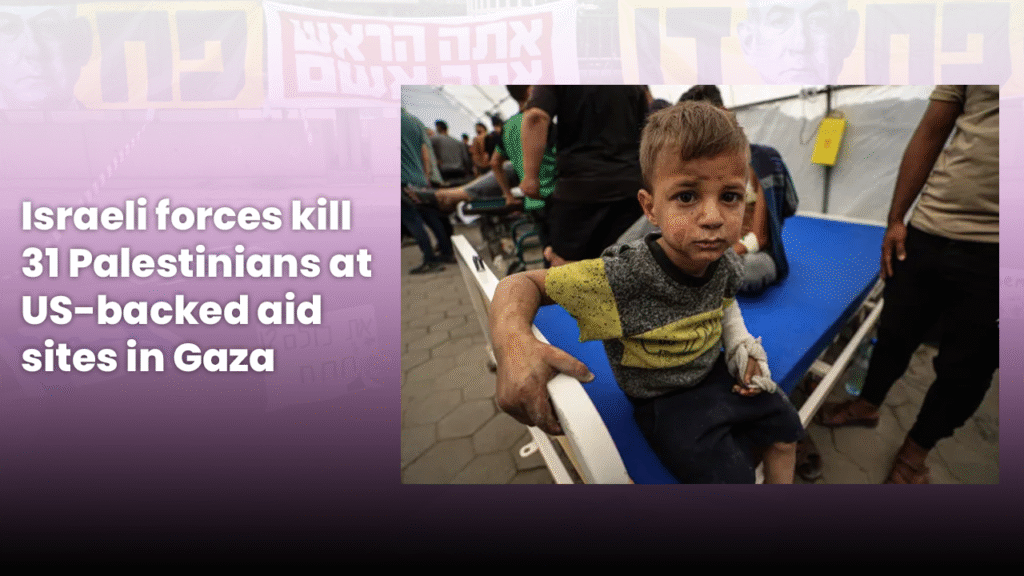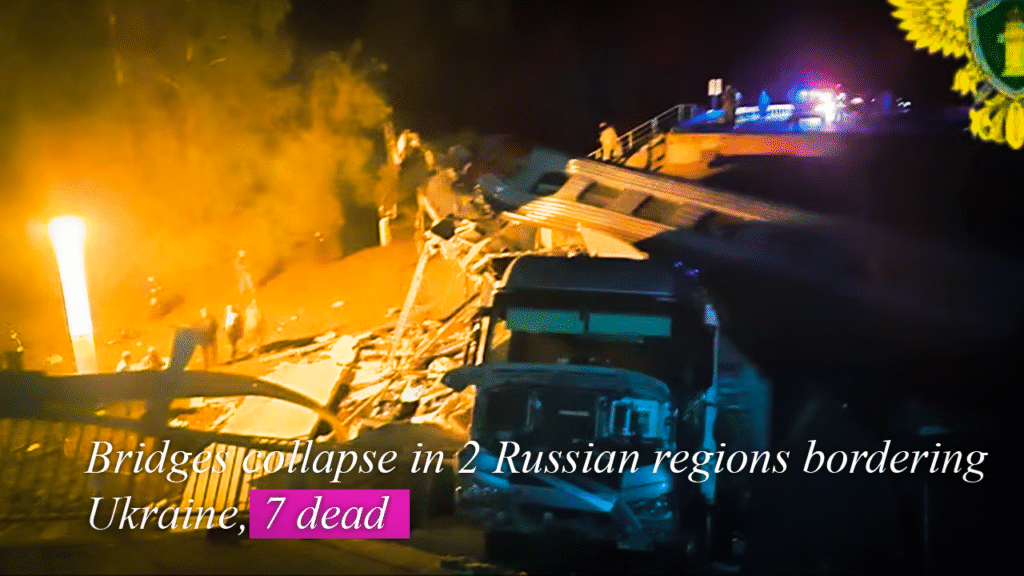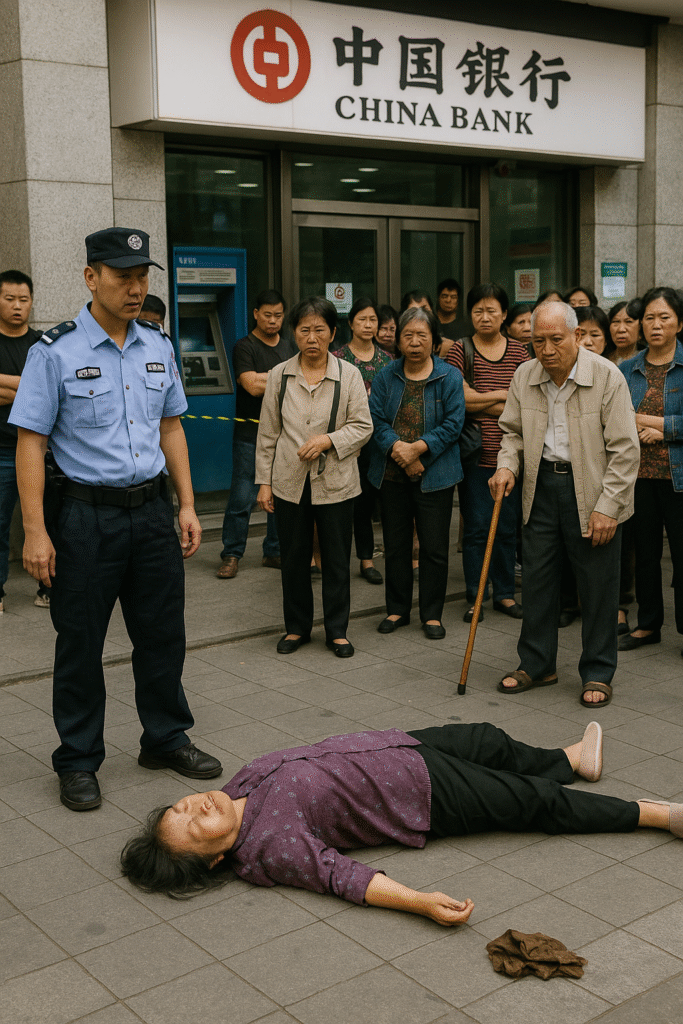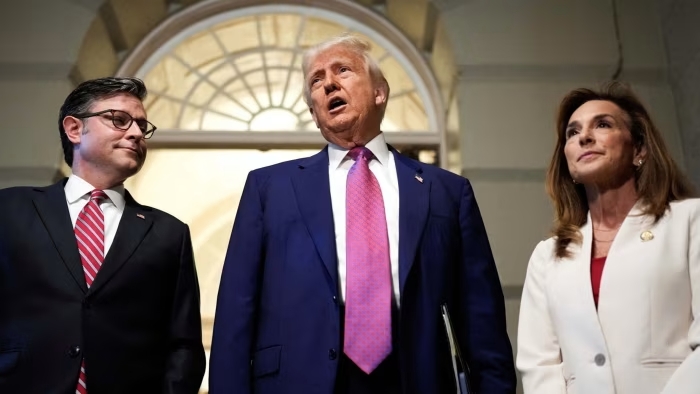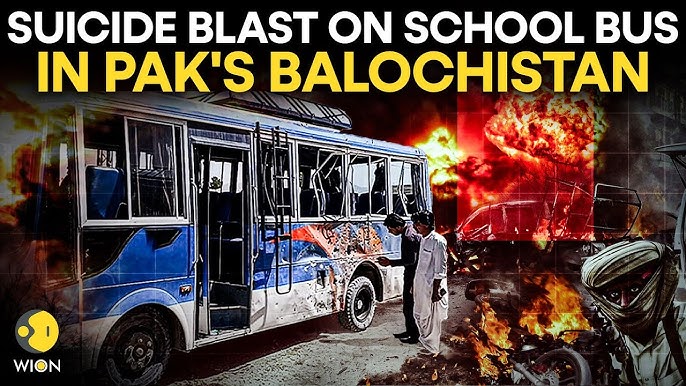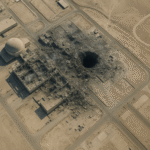Paralysed and Constantly Caught by Surprise: Voices from Iran After US Strikes
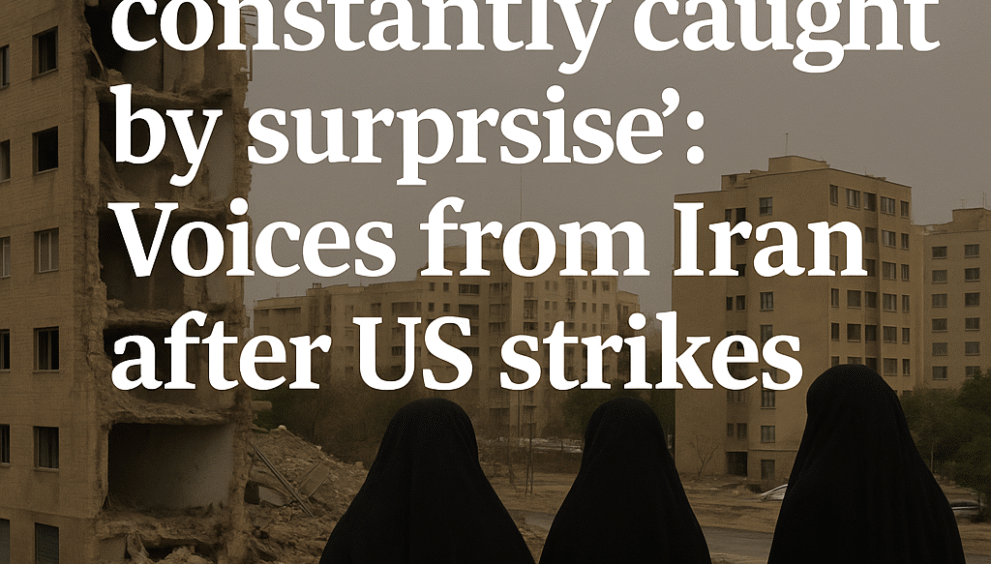
The recent US military attacks in the Middle East have again had a huge impact, causing immense disturbance in the lives of most Iranians, leaving most citizens with a deep sense of fear, psychological numbness, and uncertainty regarding the future. Due to these actions, Iranian civilians, reformists seeking change, and even mid-ranking officials in the government are now facing a future that they believe is becoming more unpredictable and out of their control, adding to their fears and worries.
Each blow that is struck, each warning that is issued, and each military action that is taken is generating an increasingly desperate climate of helplessness sweeping across the entire nation. Civilians are voicing feelings of being utterly taken aback, of being psychologically and physically ill-prepared for the violent aftermath that is unfolding, and which is leaving a broad trail of confusion and profound despair.
Civilian Sentiment: A Nation Holding Its Breath Amid Uncertainty
Ordinary people throughout Iran report a cycle of sustained psychological shock. Paralysis—the sense of numbness, being stuck in fear, unable to move or respond—is the new normal. Interviews throughout Iranian cities talk about mothers forbidding their children to go to school, fathers calling in sick, and university students doubting their future in the academy.
Mental health practitioners working in Tehran and Shiraz are presently facing an overwhelming influx of work. Different clinics have been sending reports of a massive rise in the number of patients suffering from mental illnesses like anxiety, panic attacks, and depression. “We are mentally trapped in a cycle of fear,” one social worker in Mashhad stressed, pointing out the seriousness of the situation. These mental health strikes do not just target specific individuals; instead, they deeply affect the minds of people in the entire region.
Erosion of Public Trust in Predictability and Safety
In a socio-political climate that was already volatile to begin with, the US military intervention has deeply unsettled and challenged the very concept of stability that so many had grown accustomed to. So many Iranians now start to feel neglected and disregarded by their administration, feeling increasingly disenfranchised in an international power dynamic that continues to disrespect and disregard their opinions and voices. Citizens all across the nation vent their deep frustration at how the intrigues of international politics continue to subvert and degrade their internal quality of life, leaving them disenfranchised and helpless.
A middle-class business owner commented with a sense of awe, “We are constantly amazed, not only by the bombs and gunfire, but by how little our lives do matter in the grand scheme of things.” This additional loss of faith in both the individuals we have leading our organizations and those leading things outside of them adds to a much greater level of instability.
Urban vs. Rural: In What Ways Do the Responses Vary
In crowded urban centers like Tehran and Isfahan, the mass reaction is a complex mix of raucous protest, individual anxiety, and a willingness to withdraw quietly from active engagement. Citizens flood social media with carefully worded coded messages and an array of emojis, expertly expressing their emotions and opinions while at the same time remaining within the sights of regime monitors. Many citizens have fears more profound than the shadow of violent reprisals by Western nations; they fear facing serious consequences by their government for having the temerity to express dissenting opinions.
Online forums are a window into the coded rage that many are feeling: emojis of shattered hearts, houses in flames, and tears are ubiquitous—these are simply tokens of a population that is desperately attempting to communicate their hurt, even where literal words would lead to criminal charges.
Rural Communities: Frequently Lacking Adequate Information and Unduly Exposed to Risks
While in cities, the crisis faced is of an entirely different nature, namely, a pervasive deprivation in the form of an absence of access to information combined with a sense of increased exposure. Villages that are located close to major military installations or along border areas have been feeling the immediate consequences and the subsequent evacuations, all without being duly informed of what is happening around them at the time or aware of the reason why such events are happening.
“People residing in this region are unaware of who is conducting the attacks and why,” wrote one journalist from Yazd. “They just watch the planes pass by overhead, hear the explosions echoing in the air, and flee from their homes involuntarily.” Such a general lack of knowledge on the part of the population makes rural society a much more vulnerable target for manipulation by means of all varieties of propaganda or disinformation methods.
Iranian Youth: Living through Disillusionment and Actively Participating in the Virtual World
Iran has an incredibly young population, many of whom have known life with a smartphone saturation that has provided a simple tool of expression and communication. This generation is finding its voice and is not staying on the sidelines in the face of urgent issues. Social media platforms like X (once Twitter), Telegram, and Instagram are being flooded with anonymous works from communities like students, artists, and freelancers. These communities are using these platforms not only to explain their emotional response but also their digital creative work and mobile political critique. One of the shared sentiments expressed by many is one of sheer fatigue with being surprised by wars they feel they are not given a choice about, treaties signed on their behalf without them, and aggressions committed upon them that they did not initiate. In this way, one user put it with great eloquence: “We’ve inherited fear, not freedom.
A Rising Wave of Online Action
In recent years, there has also been a spectacular rise in online activism that cannot be dismissed. Hashtags like #VoicesFromIran, #NoMoreSurprises, and #StopTheStrikes are not only trending on social media but are also ringing out on a global scale. These online campaigns are more than mere desperate pleas for help; they are strategic and deliberate efforts to fundamentally reshape the dominant narrative and successfully reach Western audiences through firsthand experience and testimony. The younger generation has made it more than abundantly clear that they are no longer going to wait for state media or visiting journalists to narrate their stories. Instead, they are taking matters into their own hands by recording their lived experience through the use of smartphones, live broadcast locations, and all forms of underground journalism that enable their voices to be heard.
Economic Impacts: The High Cost of Enduring and Uncertain Surprises
The financial consequences incurred due to the strikes are felt daily, impacting different walks of life, ranging from the struggling rise in grocery bills that customers are facing to the harsh fuel shortages and visible disruption in banking facilities that people are experiencing. Iranian merchants are complaining that the currency has precipitously fallen in value, leading families to experience the pressing necessity of cashing out their savings so that they can change them into more stable ones like dollars, gold, or property investments.
Small enterprises are suffering the most. “Every strike is a new market shock,” a Tabriz clothes vendor responded. “Our distributors disappear, shipments get delayed, and customers shun us.” This economic uncertainty adds yet another level of despair to the public mind.
Import Dependence and Inflation
Iran’s import-based economy has fallen into an even weaker situation of vulnerability than before. Economic sanctions that had been in effect before had already driven the country to a critical tipping point, but things have been much worse since then, with supply lines severely restricted by ongoing regional unrest and chaos. In the majority of provinces across the country, the prices of medicine and basic items have doubled, in effect, generating a situation where medicine shortages are no longer a localized issue but have become a national crisis that hits thousands of citizens.
Diplomatic Disconnect: No Higher Authority to Provide Relief
The reaction of the Iranian government has not helped to instill confidence in the people. Rather, they have been concentrating on presenting a hard face to foreign adversaries while disregarding the humanitarian and emotional cost at home. The people blame the government for providing them with rhetoric rather than relief, so the majority are left to survive psychologically, economically, and socially.
Global Silence and Indifference
Most Iranians are also disappointed in the subdued reaction of the international community. As diplomats and political commentators argue over strategy and diplomacy, Iranian families must endure actual trauma. The absence of empathy and advocacy on the part of the West makes the feeling of isolation even more poignant.
Cultural Identity is Under Severe Threats and Challenges. Outside of politics and economics, it must be said that these strikes are unsettling the delicate cultural texture of Iran in a profound manner. Amidst this charged atmosphere, artists are being forced to postpone their shows, filmmakers are suspending their production, and musicians are opting to remain silent, neither because they are lacking in inspiration or creative ferment, but because of a very real fear of being branded a dissident. This fear is then reinforced by the depressive atmosphere that is pervading society. Many in the nation believe that their national identity is being redefined and reshaped by an outside force, as well as by a constant internal repression. The rich cultural heartbeat of Iran—made up of its poets, artists, and dancers—now remains frozen, nervously waiting for a moment when it will be safe finally to speak, to create once more, and to offer a sense of hope for the future.
Conclusion:
A Nation Held in Suspense Iran today is a country existing in a state of continuous, permanent suspense and uncertainty—continuously never knowing when the next foreboding drone will fly overhead, when the next jarring siren will blast loudly down the streets, or when the next beloved friend will suddenly vanish without explanation or warning. This is not nearly so much a people that are openly in rebellion against their fate, nor one that is denying the reality of their situation. It is more the people who are continuously being shocked, again and again, by the unexpected and threatening things that occur to them.

 English
English 

